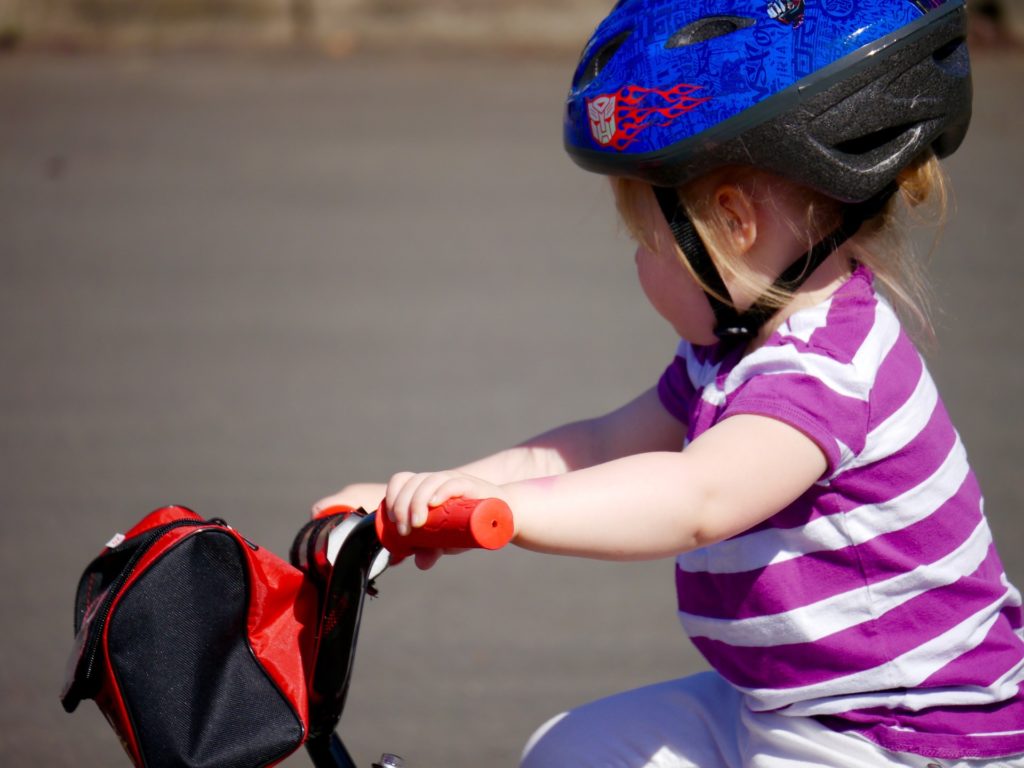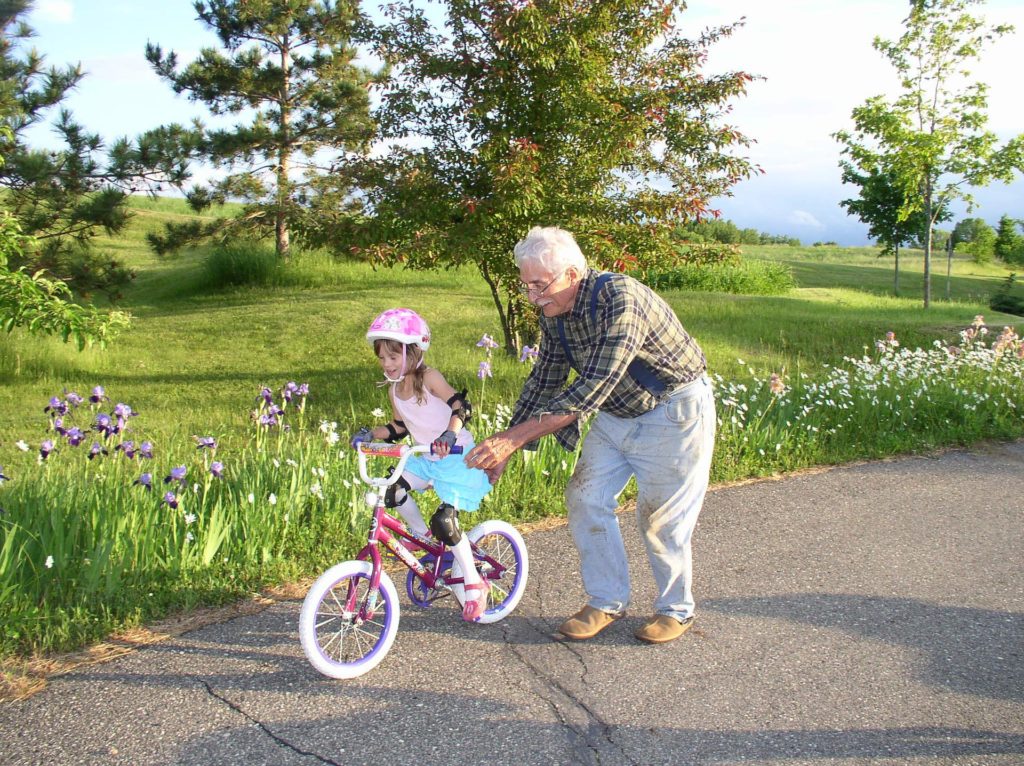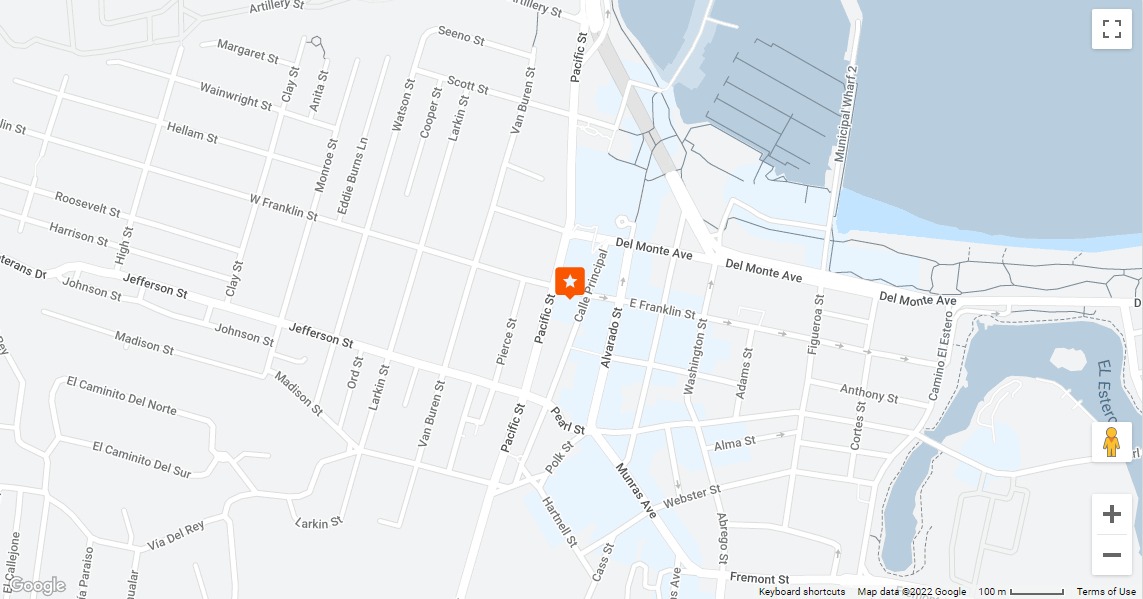How to Pick Out a Child Bike Helmet
The best child bike helmet for a kid is the bike helmet your kid is most likely to wear. That’s it. It really is that simple.

Some kids ride their bikes around dusty trails. Some kids ride their bikes to their friends on smooth neighborhood roads. Some kids weave in an out of city traffic like a pro. Some kids just sit and relax in a seat or trailer while you pedal away. Regardless of wear your kid rides, they need a child bike helmet every single time they get on a bike. Helmets reduce the risk of serious brain injury by about 70%. Every single day more than 500 kids are treated in United States emergency rooms with bike related injuries. Those wearing helmets were significantly less likely to have head and neck injuries.
Along with advocating for safer, more bike friendly streets, it’s important to choose a helmet your kid will actually wear.
- Fit is Critical
The most important thing is fit. Poor fit = poor performance. The best way to find the right size is to take your child to a local bike shop and have them try on helmets with a sales associate who is familiar with the options. If you must buy online, measure your child’s head with a flexible tape measurer (like the ones tailors use to take measurements for clothing). Measure about an inch above the child’s eyebrows for the right size.
A child bike helmet is measured by circumference and is usually somewhat adjustable. For example, a three to five year-old child might wear a helmet with a 50-52 centimeter circumference. Choose one that fits snugly, but also allows some room to grow.
After you think you have the right fit, dial in until the helmet feels tight, but isn’t causing discomfort. After you dial in, you should be able to pull the top of the helmet up lightly and the child bike helmet shouldn’t come off their head. If it comes off right away, it’s too loose. If you are able to lift your child by the helmet, it is too tight.
Next, have your kiddo shake their head back and forth without the chin strap on. If it falls off, it’s too loose. Then, secure the chin strap. The strap should be snug. But, you should be able to fit a few fingers between the kid’s chin, and the strap. Remember that the strap isn’t meant to keep the helmet on the head while riding. It’s meant to keep the helmet on their head if they happen to fall.
- Features vs. Price
Most child bike helmets come with a hard plastic shell on the outside, and softer, shock absorbing foam on the inside. Some helmets come with a retention system designed to minimize rotational impact. These systems help reduce the risk of concussions. So, they’re a pretty cool feature to have.
You should consider good ventilation. Ventilation creates airflow, which makes the child bike helmet more comfortable. Kids are creatures of comfort. I know many a mother who has been upset their daughter wouldn’t wear cut dresses because they were itchy. If the helmet is uncomfortable, the kid is much less likely to wear it. If you have younger, squirmier kids, your ability to adjust the helmet quickly is critical. The dial should be large enough to grab and turn easily.
Kids helmets run from about $20 to $100. But, don’t get too hung up on price. All legitimate child bike helmets sold in the United States meet safety standards set by the Consumer Product Safety Commission. So, you know that inexpensive helmets offer some minimal level of protection, which is better than nothing. Counterfeit helmets are frequently sold online. The Amazons and eBays of the world are doing what they can to limit counterfeiting. But, it is still a big problem. Counterfeit helmets don’t have to meet the same safety standards. So, consider purchasing your helmet from a local bike shop, or a trusted online retailer like REI, or Performance Bicycle.
Keep an eye on how the helmet fits over time and replace the helmet when your child grows out of it. The helmet is getting too small if you have a hard time getting it on all the way, it exposes the child’s entire forehead, or is tilted backward. Remember the helmet should sit just above the eyebrows.
Helmets should always be replaced after impact, and probably about every five years or so.
- Consistency is Key
Enforce helmet wearing even when your child is riding on the patio or driveway. Bike injuries don’t just happen in direct collisions with cars. One of the best ways to help enforce helmet wearing is to wear a helmet yourself. One study found that 90% of children reported always wearing a helmet when they saw that their parents always wore a helmet. But, that number dropped like a rock amongst kids whose parents never or inconsistently wore helmets.
It helps to let your kiddo help pick out the helmet. If they’re excited about a helmet, they are a lot more likely to wear it. Also, please make sure you never pinch your kid’s skin in the chinstrap. That’s a great way to make sure your kid won’t wear the helmet, or won’t buckle the chinstrap, which is about the same thing as not wearing the helmet.

If you’re looking for more information on bike laws, bike safety, or what to do if you ever get into a bike accident, take a look around the site. We have tried to provide a bunch of information to make riding safer, and more accessible for everyone. Here are some other terrific assets: The Consumer Product Safety Commission has child bike helmet info, as does the The Snell Foundation, which is known to be one of the strictest in terms of helmet design and safety.
Clay and John are both avid bikers. Clay focuses more on the roadways. John focuses more on the trails. We want to make sure you are informed, safe, and compliant. We offer free consultations to bicyclists. Just email us at bikes@griessmeyermccarthy.com give us your name, number, and tell us a little about what is going on.
OUR FAST, FREE, CONFIDENTIAL, CASE-EVALUATION FORM IS DESIGNED SO YOU CAN TELL YOUR STORY, DIRECTLY TO JOHN
START AN EVALUATIONYour responses will go straight to John’s inbox. John will review and respond by the end of the business day. If John thinks he can help, he’ll email you a link to schedule a free consultation with him. If John doesn’t think he can help, he’ll email you resources to help you understand the law, find a qualified lawyer to help you, and take steps to protect your rights. No waiting around.


